What is Dacryocystorhinostomy (DCR)?
Dacryocystorhinostomy, commonly abbreviated as DCR, is a surgical procedure that creates a new pathway for tears to drain from the eye to the nose. This surgery is performed to address a blocked tear duct, a condition known as nasolacrimal duct obstruction (NLDO).
Procedure:
There are two main approaches to DCR surgery:
- External DCR: This is the more traditional approach. A small incision is made on the side of the nose, near the tear sac (the sac that collects tears before draining). The surgeon then removes a small amount of bone to create an opening between the tear sac and the nasal cavity.
- Endoscopic DCR: This minimally invasive approach uses an endoscope, a thin, flexible tube with a camera. The endoscope is inserted through the nostril to visualize the tear drainage system. The surgeon then creates the new opening between the tear sac and the nose using specialized instruments passed through the endoscope.
Suitable Candidates:
DCR is typically recommended for individuals who experience chronic symptoms of a blocked tear duct, such as:
- Excessive tearing (epiphora)
- Recurrent conjunctivitis (eye inflammation)
- Mucous discharge
- Recurrent dacryocystitis (infection of the tear sac)
- Discomfort or pain around the inner corner of the eye
Not Suitable For:
DCR may not be suitable for everyone. It’s generally not recommended for patients with:
- Uncontrolled active eye infections
- Severe anatomical abnormalities of the nose or tear drainage system
- Unrealistic expectations about the outcome of surgery
Advantages:
- Relief of Symptoms: DCR effectively addresses the underlying cause of blocked tear ducts, alleviating symptoms like excessive tearing and recurrent infections.
- Improved Appearance: Reduced tearing can improve the overall appearance around the eyes.
- Long-Term Solution: DCR offers a long-term solution for most patients, with a high success rate in restoring proper tear drainage.
Complications:
- Infection: Although uncommon, infection is a potential complication requiring prompt antibiotic treatment.
- Bleeding: Bleeding can occur during or after surgery, but is usually minimal.
- Incomplete Tear Drainage: In some cases, the new opening may not be wide enough for complete tear drainage, requiring further surgery.
- Canalicular Stenosis: Narrowing of the tear ducts in the eyelids can sometimes occur.
- Persistent Tearing: While less common, some patients may still experience occasional tearing after surgery.
- Changes in Eyelid Shape: In rare cases, the surgery may cause slight changes in the shape of the eyelid.
Preoperative Care:
- Comprehensive eye exam to confirm the diagnosis and assess the tear drainage system.
- Dacryocystography (X-ray using contrast dye) or other imaging tests may be performed to visualize the blockage.
- Discussion of risks and benefits of DCR with your ophthalmologist.
- Blood tests and other medical evaluations to ensure you can undergo surgery safely.
- Stopping certain medications that could increase bleeding risk.
Postoperative Care:
- Eye drops or ointment to prevent infection and inflammation.
- Wearing an eye patch for a short period to protect the surgical site.
- Pain medication to manage discomfort.
- Nasal saline irrigation may be recommended to promote healing and prevent sinus issues.
- Regular follow-up appointments with your ophthalmologist to monitor healing and address any complications.
- Temporary blurring of vision due to swelling is common and usually resolves within a few weeks.
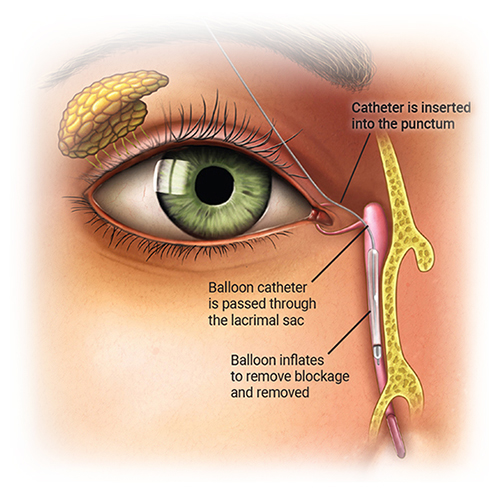
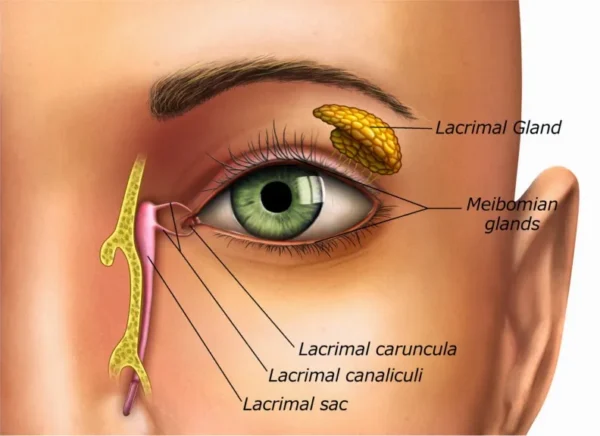
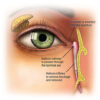
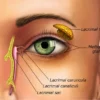
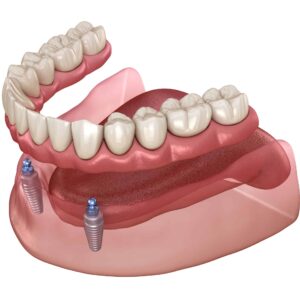

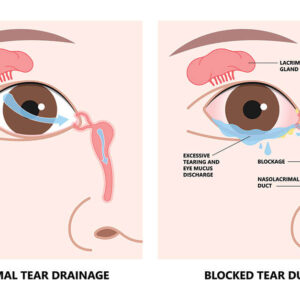
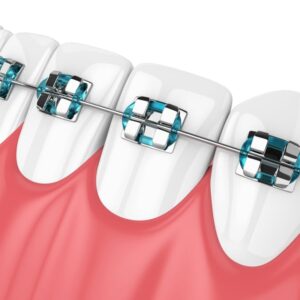
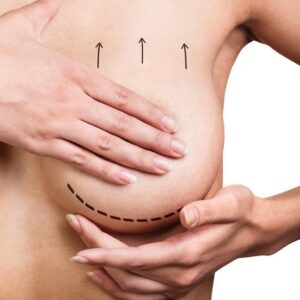

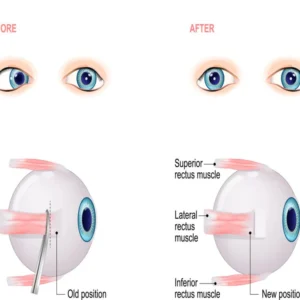

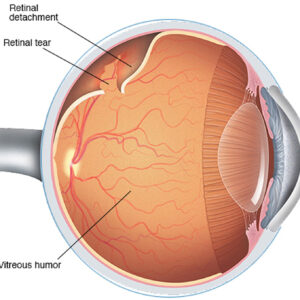
Reviews
There are no reviews yet.